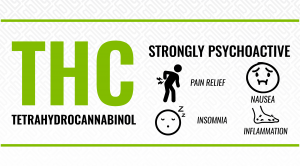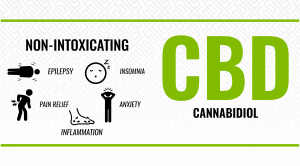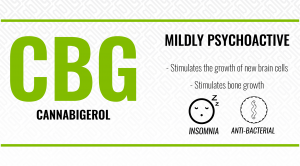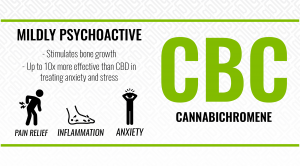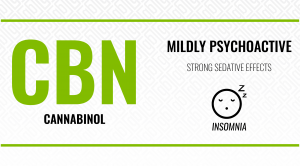Intro To CBD
CBD, or Cannabidiol, has become increasingly prevalent along with THC as a cannabinoid of interest. Arguably the most medically beneficial of the known cannabis compounds, CBD is useful for a host of conditions such as pain, neuroplasticity, inflammation, and anxiety. It lacks the intoxicating effects of THC, allowing users to experience the wellness effects without the high.
The body processes cannabis compounds through what’s known as the endocannabinoid system. Two main receptors, CB1 and CB2, are the primary pathways for the body’s absorption of cannabis. CB1 receptors mostly affect the mind, while CB2 receptors act primarily upon the body. CBD mainly acts on the CB2 receptors, unlocking its potential as an antioxidant, anti-inflammatory, anti-convulsive and mild euphoric. CBD can also moderate the effects of THC-which primarily acts on the CB1 receptors- and a strong dose of CBD can tamp down a too-intense high.
CBD can provide relief of a wide range of symptoms, from depression to PTSD, muscle spasms, nausea, pain, and seizures. It’s not only effective for humans but has also shown to be helpful for similar maladies in dogs and cats, and there are many products designed for domesticated pets.
CBD can be extracted from both industrial hemp and cannabis. Hemp is defined as a plant containing .3% or less of THC, while states with legal cannabis can also extract CBD from cannabis plants. Hemp is also a bioaccumulator, meaning it draws in heavy metals and other potential toxins from the soil, and the sheer volume of hemp required to extract CBD raises the risk of those toxins showing up in your product.
Both THC and CBD work most effectively when in synergy with each other, and consumers may experience different effects from hemp based products verses cannabis based ones. If you are seeking to try CBD for yourself, Project CBD recommends seeking out products made from CBD rich strains for the best results.


